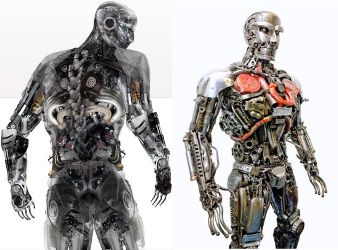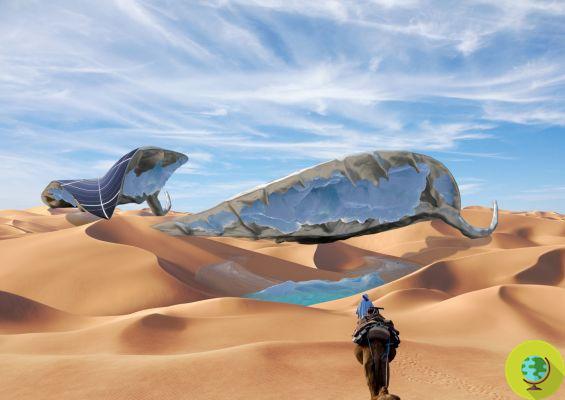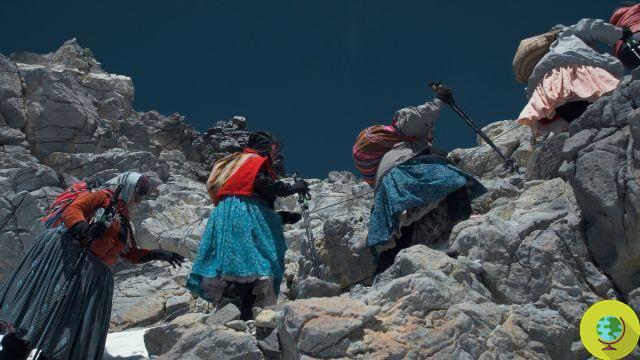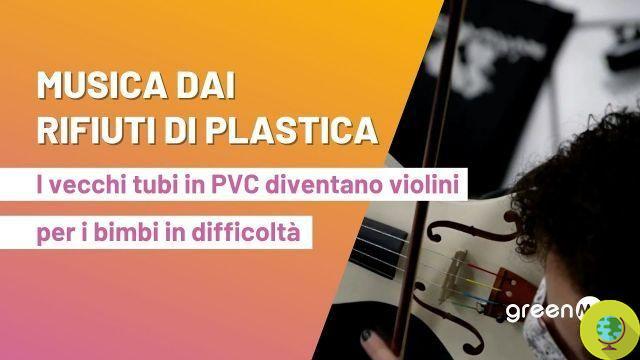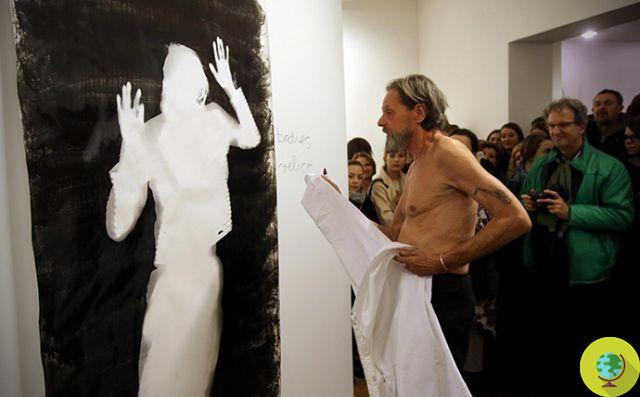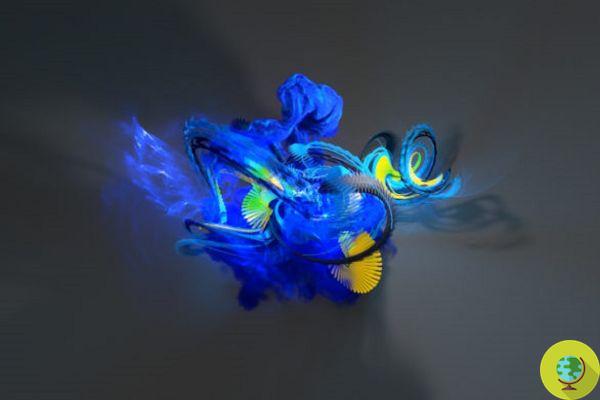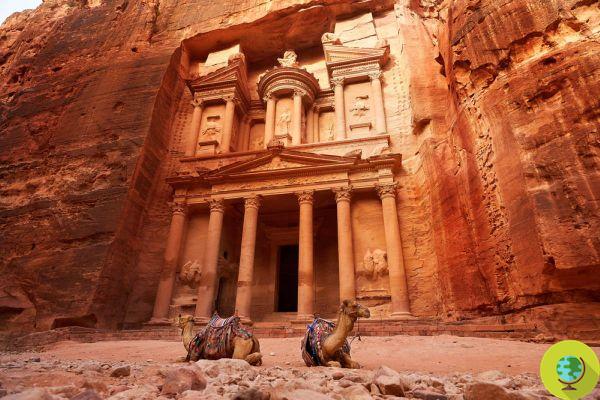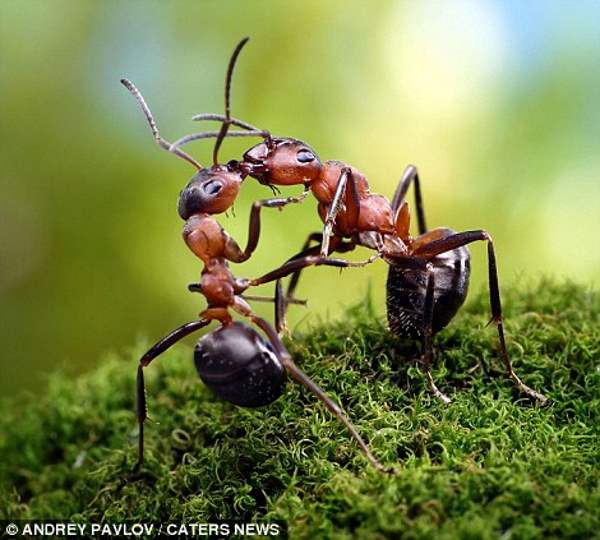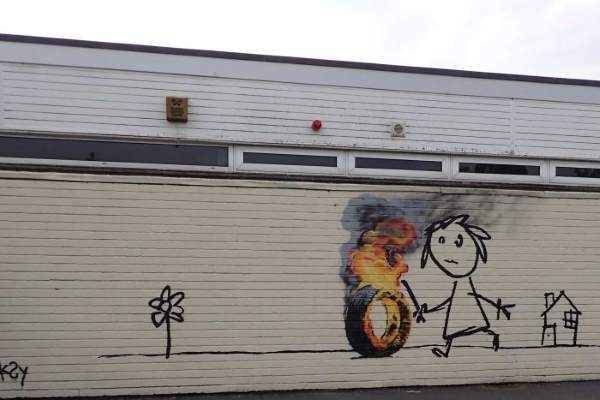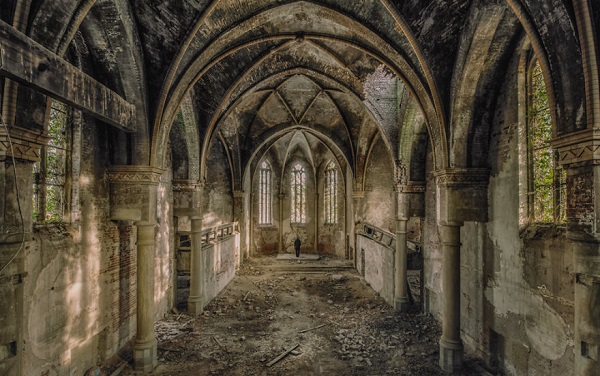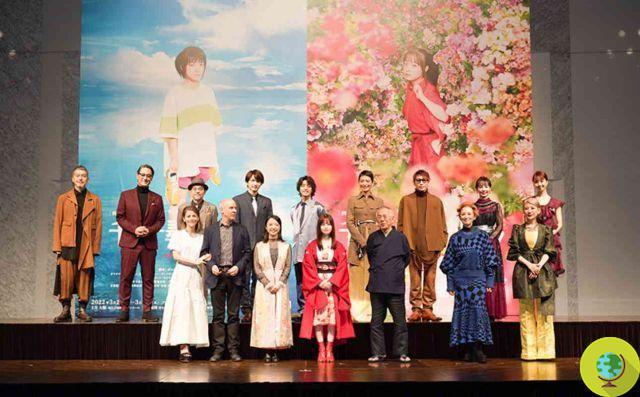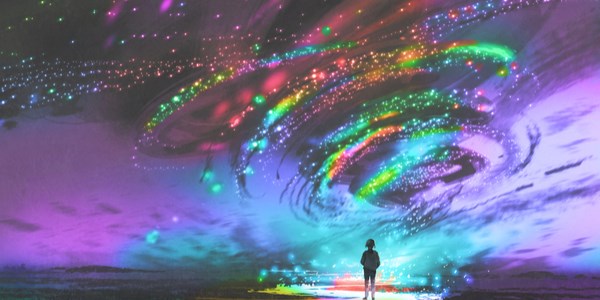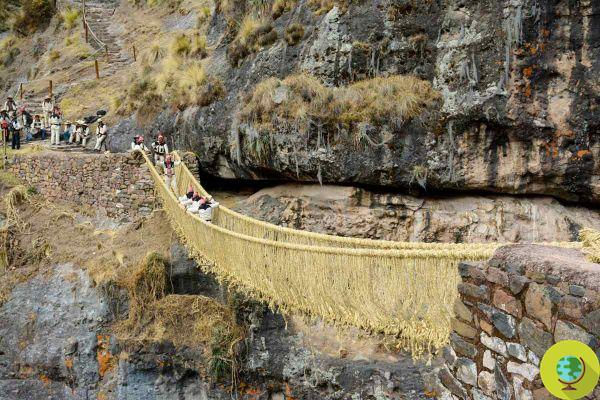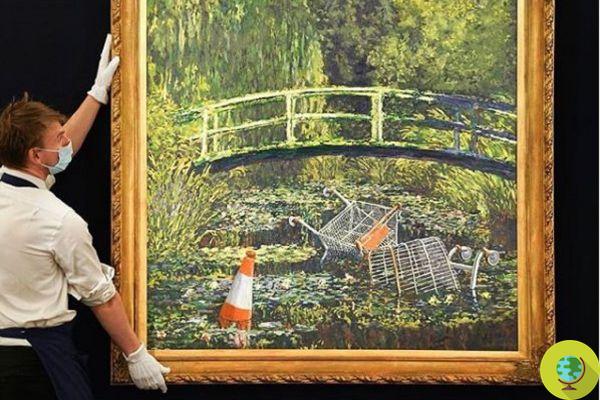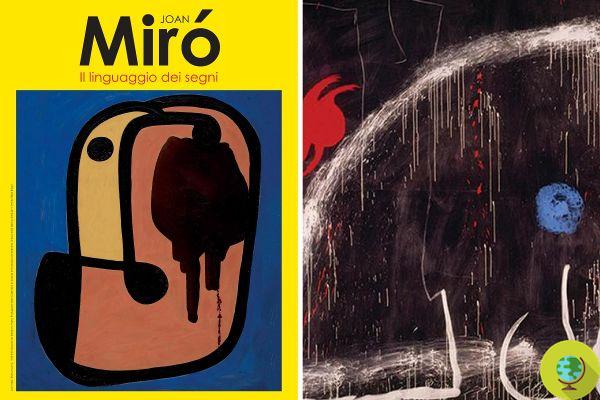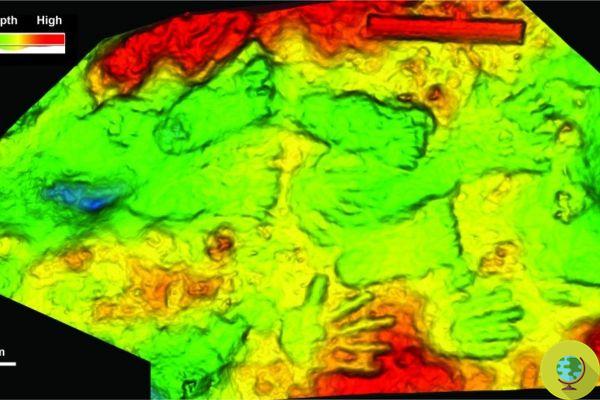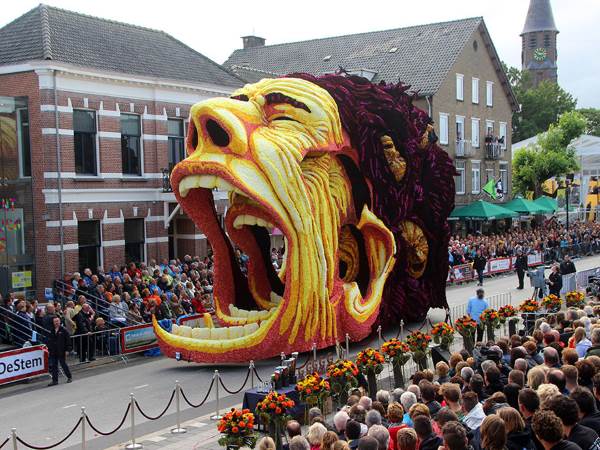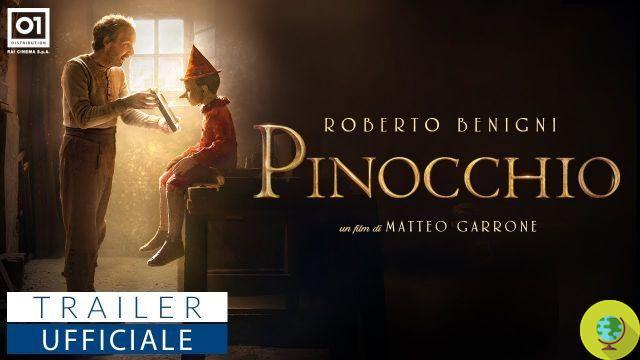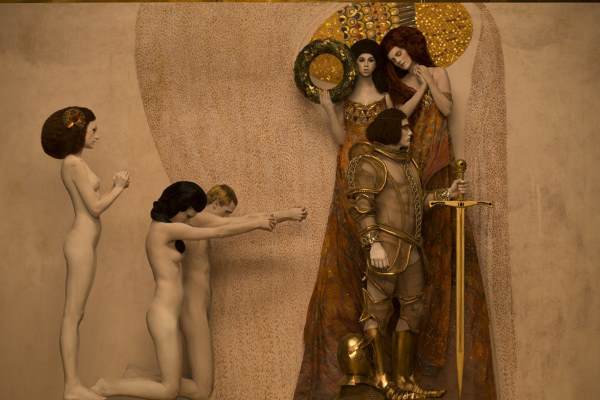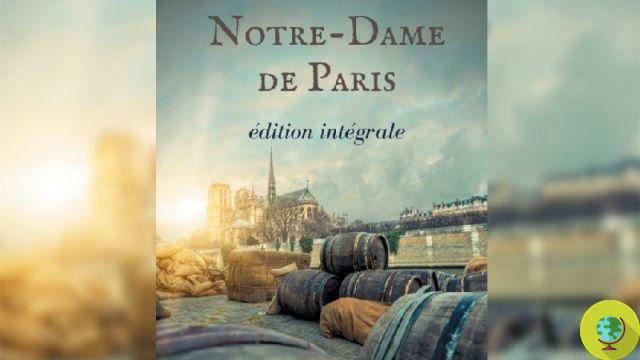A Dutch research team has developed an artificial intelligence prototype capable of “virtually restoring” Van Gogh's masterpieces.
Don't store avocado like this: it's dangerousTime passes and the paintings get ruined, but technology can help us. A research team from the Technical University of Delft (Netherlands) has developed an artificial intelligence (AI) prototype capable of “virtually restoring” Van Gogh's masterpieces, with impressive results.
The AI model capable of performing the extraordinary restoration is based on the convolutional neural network, which is inspired by the organization of the animal visual cortex to arrange the virtual neurons so that they are able to "pigeonhole" the visual field. In other words, just as natural neurons mentally reconstruct holes in the images, virtual ones overlap imaginary but suitable pixels, returning the complete image.
In this study, in particular, they were some paintings by Van Gogh have been restored on the pc that had been damaged over the years due to ink discoloration. An incredible work that does not detract from the traditional restoration but that opens the doors to preliminary studies potentially capable of allowing to better address traditional art.
"The Netherlands has an international reputation for the arts, with famous artists such as Rembrandt, Mondrian and Van Gogh - explained Jan van der Lubbe, co-author of the study. Therefore, the art historical research on how preserve the cultural heritage plays an important role in this country ".
Machine learning techniques, such as the convolutional neural network used in this study, are not new, not even applied to the arts, but so far they have been used to identify the authors of the works and to identify any fakes.
“One of the main objectives of our research was to predict the original images by means of automatic learning methods that integrate the results of in-depth studies of the colors used and their discoloration over time - continued the scientist - This could help to imagine how, for example, a Van Gogh drawing could appear just finished ".
But not only. In addition to revealing the appearance of drawings in the past, the approach proposed by van der Lubbe and colleagues could help art historians to identify appropriate conservation and restoration strategies for works of art.
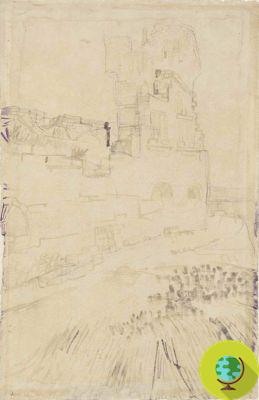
Incidentally, although the researchers used their model to reconstruct Van Gogh's drawings, the technique could also be applied to other deteriorating works on paper, including XNUMXth-century manuscripts.
“For the digital reconstruction of Van Gogh's drawings we have had better results than those obtained so far using other methods - concludes the researcher in this regard - Of course, Van Gogh was just a test. Our technique could extend to other artists, paintings and old documents ”.
Furthermore, the method currently works by analyzing visual information. But in their next studies the researchers would like to investigate whether the analysis of both visual and chemical information (e.g. the composition of the ink and its degradation rate) can improve the performance of the model.
The work was published on Machine Vision and Applications.
Read also:
- Van Gogh projected onto the buildings of the city: the incredible immersive exhibition in Marseille
- Unpublished documents by Vincent Van Gogh were found. They were buried under the floor
Roberta de carolis
Photo: Zeng, van der Lubbe & Loog via TechXplore




